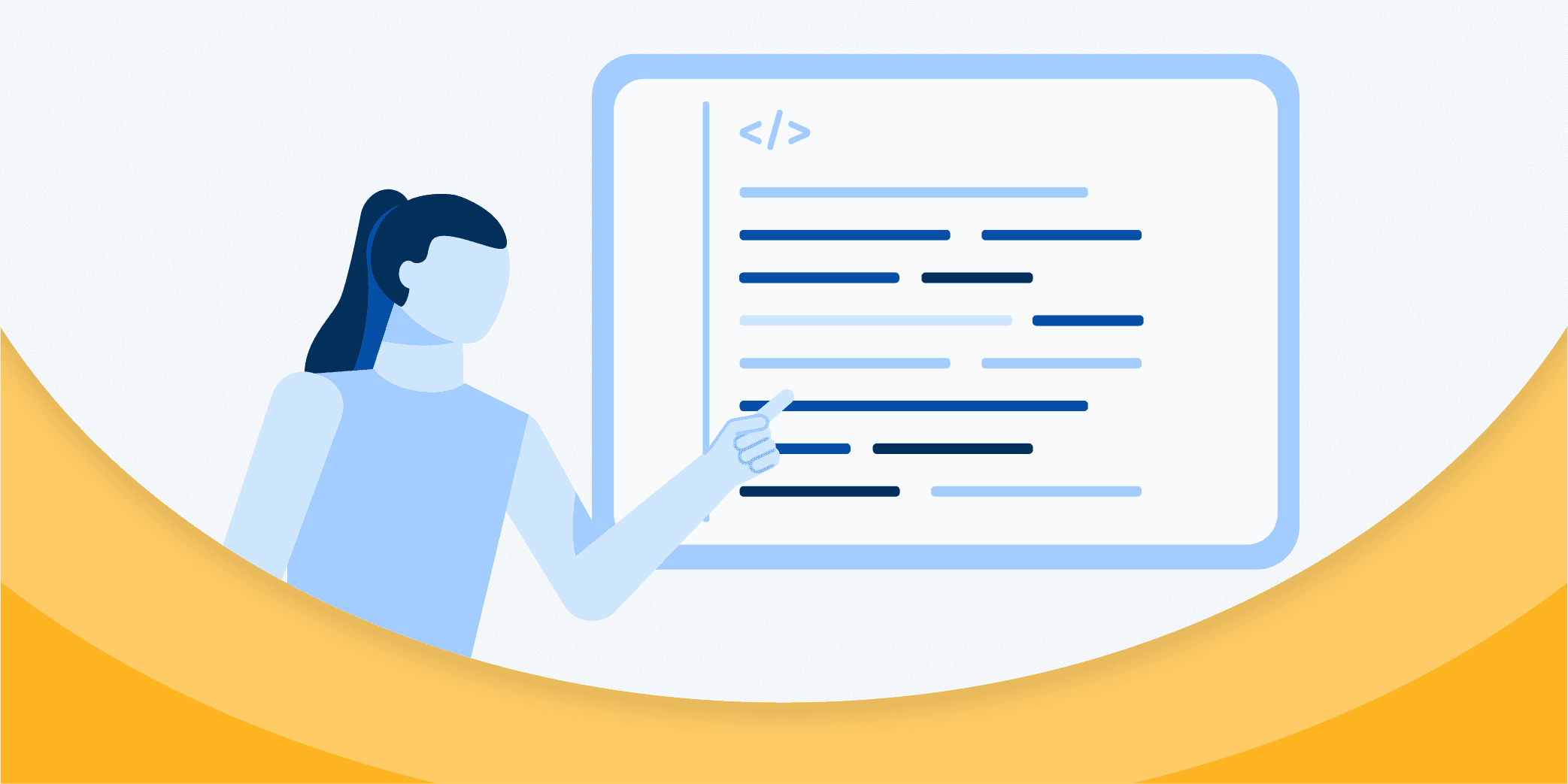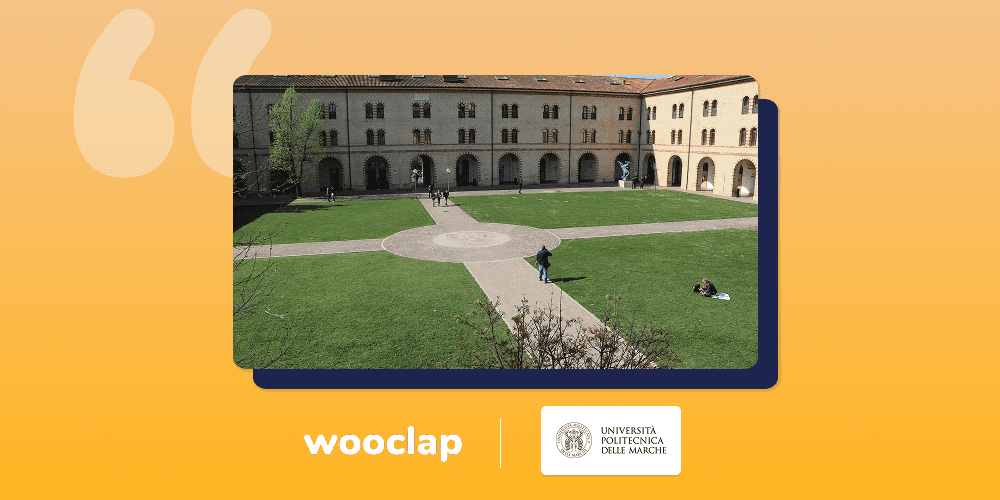
American summer tour! Wooclap will be at InstructureCon 2025
Come say hi at booth 41 from July 22nd to July 24th in Spokane, Washington
Why business schools are introducing coding courses
25.02.2020 • 4 minutes

The rise of coding in business education: preparing future managers for a digital world
From a few pioneering courses launched four or five years ago by schools like the ESCP Europe or EM Normandie, a trend has developed. Many business schools (Edhec, Ieseg, Kedge, Ipag, EMLV, etc.) have now added coding courses to their curricula.
While some institutions make use of outside experts, most of them rely on partnerships with specialised schools such as Le Wagon, which offers intensive programmes lasting a few weeks. The programme includes an introduction to computer programming and, more broadly, to web development.
For business schools, the aim is obviously not to train developers and compete with engineering or computer science schools. Rather, the idea is to better prepare future managers for the professional world. There are at least four reasons for this.
1. Giving students a tech culture
Generally speaking, taking coding courses allows us to understand the world in which we live, since it is governed by many algorithms. For business schools, the challenge is therefore to train students who can become full-fledged players in this digital transition.
This is all the more important because, although digital natives use new technologies, they do so mostly for leisure. By discovering the HTML or Python language in a professional context, student managers acquire a more solid digital culture that will be useful to them both for launching their own start-up and for managing teams within a digital company.
2. Teaching basic technical skills
Depending on the school, these skills are more or less advanced. At the very least, students get acquainted with computer tools, but they can also be tasked with building a landing page, prototyping a website, or designing an application. Such skills will be useful for all managers who intend to work in the digital world, helping them to understand how to develop a digital strategy based on data analysis, for example.
Likewise, without having to carry out the finished projects themselves, knowing how to design a web product, taking into account the user experience and being able to test it, will allow them to manage their projects independently.
3. Learning how to manage technical teams
Regardless of the technical area involved, it is essential that managers understand what the technical teams are doing, without being specialists themselves. This requires an understanding not only of the content, but also of the vocabulary, because sharing a common language greatly facilitates professional relations. How can you talk to data scientists if you don’t have a clear idea of what big data is and how the algorithms that predict consumer behaviour work?
On the other hand, having been directly confronted with computer bugs yourself changes the way you look at a developer’s work. Knowing both the constraints and the possibilities of the tools opens up new perspectives for managers and changes their expectations of technical experts. It encourages them to be more patient when faced with problems that take time to solve while simultaneously being more demanding and proactive in order to develop innovative products.
4. Developing cross-disciplinary skills
In addition to technical know-how, the training offered in business schools helps provide young managers with broader skills that are beneficial for their personal and professional development.
First, as computer scientists like to say, learning to code is learning to make mistakes. Far from being a simple formula, it’s about changing one’s state of mind: while many students (and professionals!) often fear doing the wrong thing, entrepreneurs say that they have learned from their mistakes. This is the interest of bugs, inherent to computers: they help you face difficulties, be pragmatic, and play down the fact of making a mistake.
Moreover, trying to solve a bug for hours or even days also teaches perseverance. Another skill that is fostered by learning code is rigor, when you know that a single comma can prevent an entire program from working. Then, of course, come logic and the ability to find information.
Finally, while analytical skills are necessary to understand a computer program, open-mindedness and creativity are just as necessary when it comes to finding new solutions. In other words, teaching students to code is also, indirectly, teaching them a certain spirit of innovation.
Writer

The Wooclap team
Make learning awesome & effective
A monthly summary of our product updates and our latest published content, directly in your inbox.



